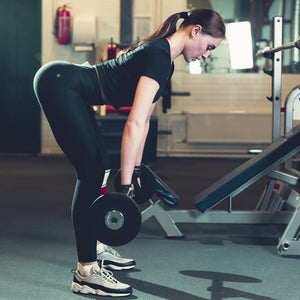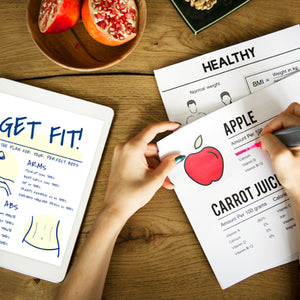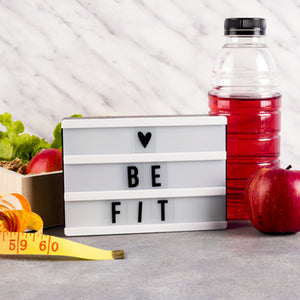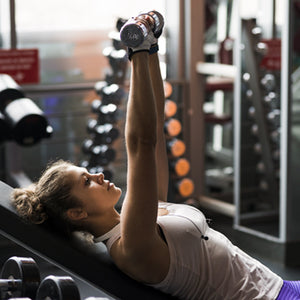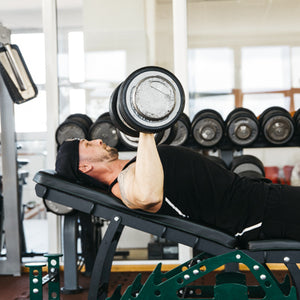FREE SHIPPING International Orders $275+
Seated Good Mornings
| Exercise Summary | |
|---|---|
| Primary Muscle(s) | Lower Back |
| Secondary Muscle(s) | Glutes, Abdominals, Middle Back |
| Equipment | Barbell |
| Emphasis | Compound |
| Type | Pull |
Seated Good Morning Instructions
- Have a bench or box behind the rack. When seated, your quads and hamstrings should be parallel to the floor.
- Approach the bar and maintain a slight knee bend and tight core with a braced neutral spine. You do not want an overly arched back.
- To actively brace your core:
- Keep your rib cage over your pelivs.
- Activate your glutes by "screwing" your feet into the floor.
- Shoulders are pulled back.
- Eyes fixed straight ahead, neck in a neutral position.
- Set the barbell across your lower traps. Keep your chest up and shoulders pinned back.
- Have your hands outside shoulder-width in a position where you can create torque in your shoulders. You want to keep your shoulders pinned back. The equates to a strong upper back position.
- Imagine pulling your elbows under the bar with your chest up and shoulders back.
- The bar is not sitting loosely on your back
- Unrack the bar and step out of the rack/stand.
- Squat and sit softly on the bench/box. Maintain your neutral spine and core position while seated. NEVER LOSE THIS POSITION.
- Your legs are spread apart like a wide stance squat. This allows you to hinge fully.
- Take a deep breath and fill your stomach with air to create more core stability.
- Initiate the movement by hinging forward at the hips while maintaining a strong core. You want to keep a neutral spine & neck.
- You will continue to lower yourself down until you cannot maintain a neutral spine.
- Another reason to practice with the bar first, to find your end range-of-motion.
- YOU ARE NOT ARCHING YOUR BACK TO SUPPORT THE BAR.
- Reverse the movement while keeping your core braced.
- Your upper back tightness is CRUCIAL.
*Tips*
- Begin with just the bar before adding on weight to practice and fully understand the motion.
- NEVER overload this exercise, there is a high injury risk with this movement if performed incorrectly.
- Program this exercise as an accessory movement or within your warmup to activate your posterior chain.

